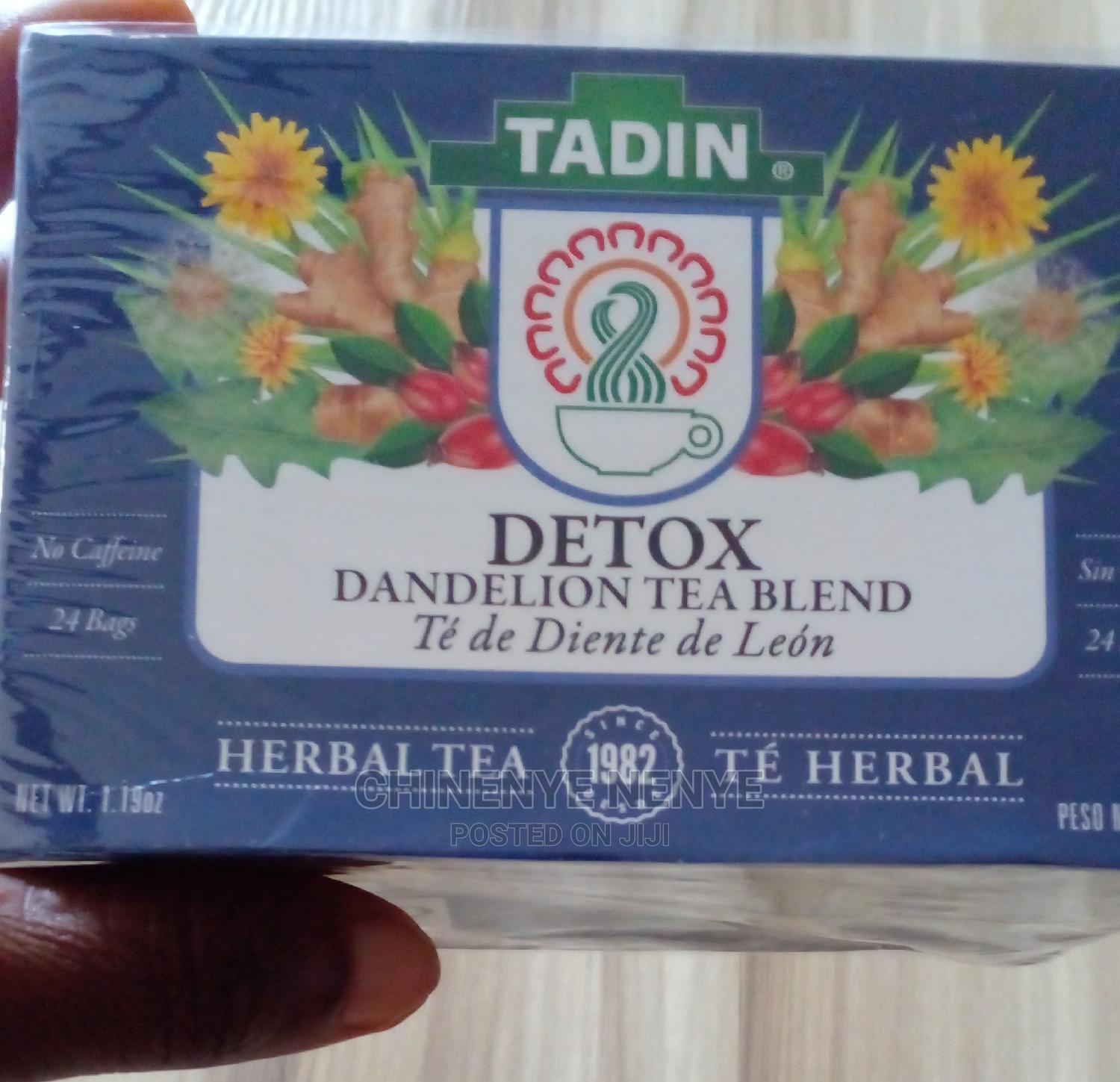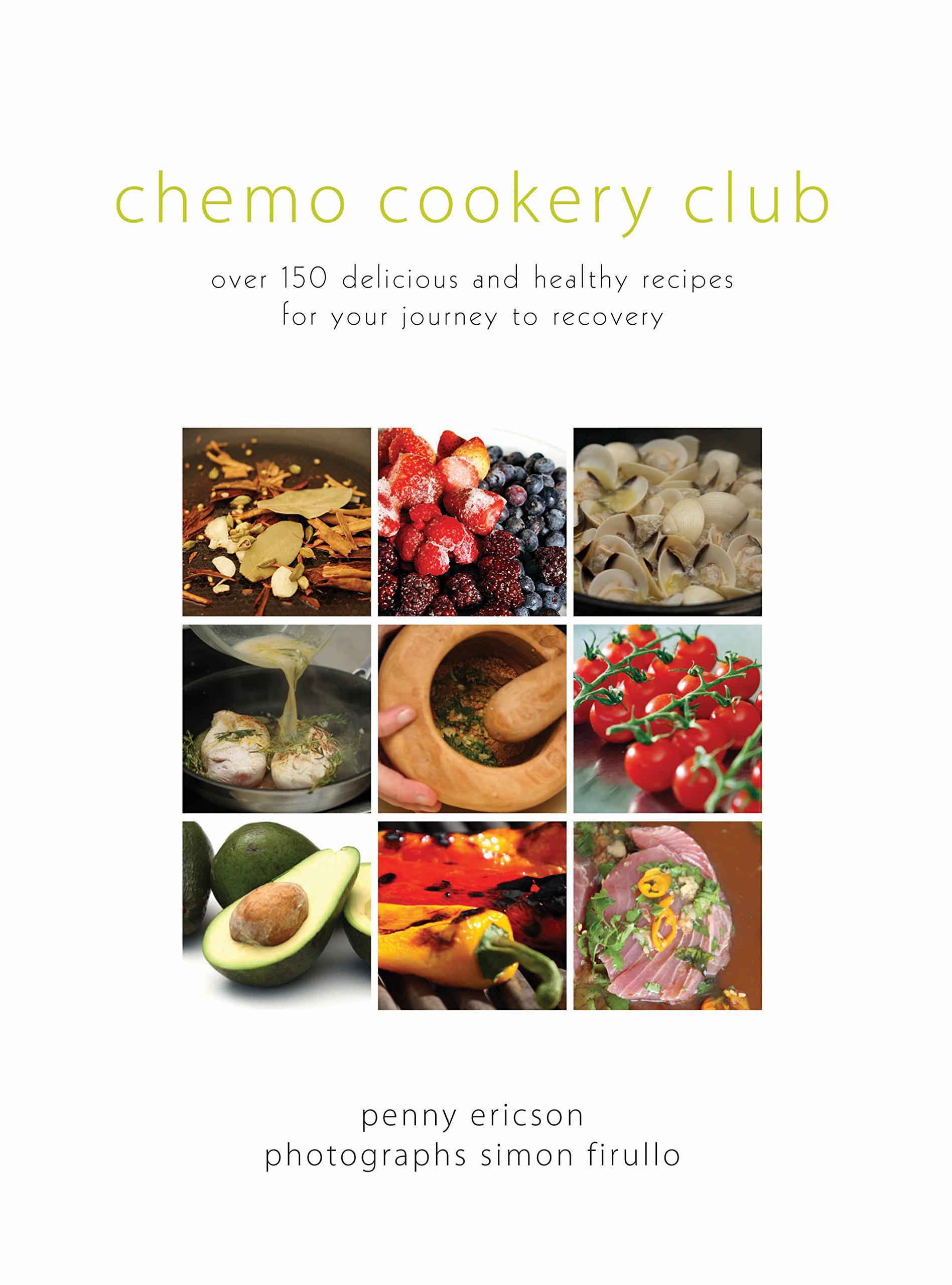
This method was used to create salt by ancient Chinese, Romans and Indians. Buddha instructed the world about salt storage and collection in the early fifth century BC. The Romans used ceramic containers called "briquetage" to collect the brine. Concentrated salt was smashed up by workers who then removed any impurities. The brine was then placed in shallow pans. They were then set on clay pillars over a peat fire. The workers then sold dried and powdered sea salts to the colonial New World. In the New World, slaves were brought from Africa to rake salt on various islands in the West Indies, such as the Bahamas and Turks and Caicos Islands.
While most people are familiar with table salt, not everyone knows exactly how sea salt is made. While table salt is primarily made up of sodium chloride (the main ingredient), sea salt also includes magnesium, iron, calcium and potassium. These minerals are found in trace amounts in sea salt, and they are incorporated in the salt crystals. You should not consume these minerals in excess. However, adding a pinch of it to your dish will give you additional nutrition and mineral nutrients.

The most popular type of salt is sea salt. It comes from warm climates. Sea salt is extracted by filling manmade swimming pools with salt water. The water then evaporates. The crystals will form when the water evaporates out of the man-made pool. These manmade pools are called "salt work". Harvesting salt takes many billions of years. Salt can be harvested in many different ways.
Sea salt production is a complex process. First, you need to extract seawater. The first step is to evaporate the water from the ocean. The water is allowed in the water to dry, and then concentrated. After that, the sea sal is ready to sell. The final product can be labeled either as refined or unrefined. The unrefined sea sal can be either grey or contain trace minerals and marine bacteria.
The process of harvesting sea salt is very simple. The salt crystals, which form at the bottom in the water, are almost dry. By pouring water on the salt and then scraping it off, the impurities can be removed. This is a great way of collecting sea salt. It is extremely affordable and widely distributed. It is available in many countries. Salt can be used once it is collected. Its uses are endless.

Extracting salt from seawater is similar to extracting salt water. The process for each is however different. Some sea salts are harvested from the sea, while others are extracted from the earth. In the latter case, the extraction of the salt is done using chemicals. To get the iodine, the minerals are removed from the sea. The salt is not only enriched with iodine but also has minerals removed to make it more digestible.
FAQ
What is the best way to store leftovers?
Tupperware containers are a good choice for leftovers. These containers keep food fresh and prevent odors forming. They also keep foods warm longer. Remaining food can be frozen in freezer bag. To prevent air from escaping, freeze food in a bag. After the food is frozen, place it in a sealed container like a ziplock bag.
Do I need to buy any ingredients to cook?
You don't necessarily need to buy any ingredients. Premade sauces can be found in most grocery stores. Pre-made meals are a great way to save money.
What are the basic skills of cooking?
Basic cooking skills include the ability to read recipes and measure ingredients. These are the essential skills you will need to be able cook for yourself. Cooking is also a great way to save money since you don't have to eat out all the time.
Do I have to go to culinary school in order to be a professional chef?
No. No. Many chefs began their careers learning by themselves. Some even went to culinary school just to gain experience. But most chefs prefer culinary school as it offers them more opportunities for learning and growth. Culinary schools allow students to learn hands-on skills, and this helps them improve their cooking knowledge.
Which is the best way for you to learn how to cook?
Cooking is something that everyone should be able to do. It's a great way to experience delicious food without having to learn how to cook. When learning how to cook, the first thing to do is find a recipe you love and follow it closely. Next, you'll want to practice making small changes to the recipe until you feel comfortable making the dish yourself. Finally, try cooking for others. This will allow you to improve your cooking skills and test your abilities.
Statistics
- under 10 Kids have been taught that there is special food just for them, and Fiese says that 10 percent of kids will throw a tantrum if they don't get the food they want. (washingtonpost.com)
- You'll be amazed that over 90% of CIA students receive scholarships and grants to finish their culinary studies. (ischoolconnect.com)
- In the United States, the category is estimated at $23.2 billion annually and is growing faster than the market. (washingtonpost.com)
External Links
How To
How to make a perfect Omelette
Omelets are one of my favorite foods to eat at breakfast. How can you make them perfectly? Many different recipes and methods have failed to work for me. I have some tips and tricks to help you make delicious, fluffy omelets every single morning.
We should first know that eggs are very temperamental ingredients when making omelets. It is important that eggs are fresh from an organic market and kept cool until used. You must keep them cool enough to allow the whites to form properly and the yolks to become too runny if they're not kept at the right temperature. Your omelets will look strangely colored if this happens. If you plan to cook the eggs right away, it is best to use room temperature eggs.
You might also try separating the egg before adding to the pan. You don't want the white to get mixed with the yolk, as this could cause the egg to curdle.
If you add the egg directly onto the stovetop, you might end up burning the bottom part of the egg, which would ruin the texture of your omelet. Instead, microwave the egg for 10 seconds before adding it to the pan. The microwave heat cooks your egg just right, without it becoming too soft.
Next, let's discuss mixing the eggs. When you mix eggs together, you want to beat them well. You need to turn the bowl of the mixer upside down. Then shake the bowl vigorously. By doing this, the egg is thoroughly mixed with the air in the bowl.
The fun part begins - you need to pour the milk into your mixture. Pour half the milk into the beaten egg mixture and then fold in the eggs. Don't worry if there are still streaks of egg visible; these streaks will disappear once you flip the omelet.
After folding the eggs fold the pan onto medium heat. When the oil starts to hot, wait for the pan to cook. Add 1/4 cup butter to the oil and swirl it around to coat all sides of the pan. Next, carefully open the lid and sprinkle salt into your pan. A pinch of salt will prevent your omelet from sticking in the pan.
Cover the pan once you have formed the omelet. Wait for the top to set. Flip the omelet by using a spatula. Cook the other side for about a minute. Take out the omelet and place it in a bowl.
This recipe is best when used with whole milk. But, you can use skimmed milk as well.